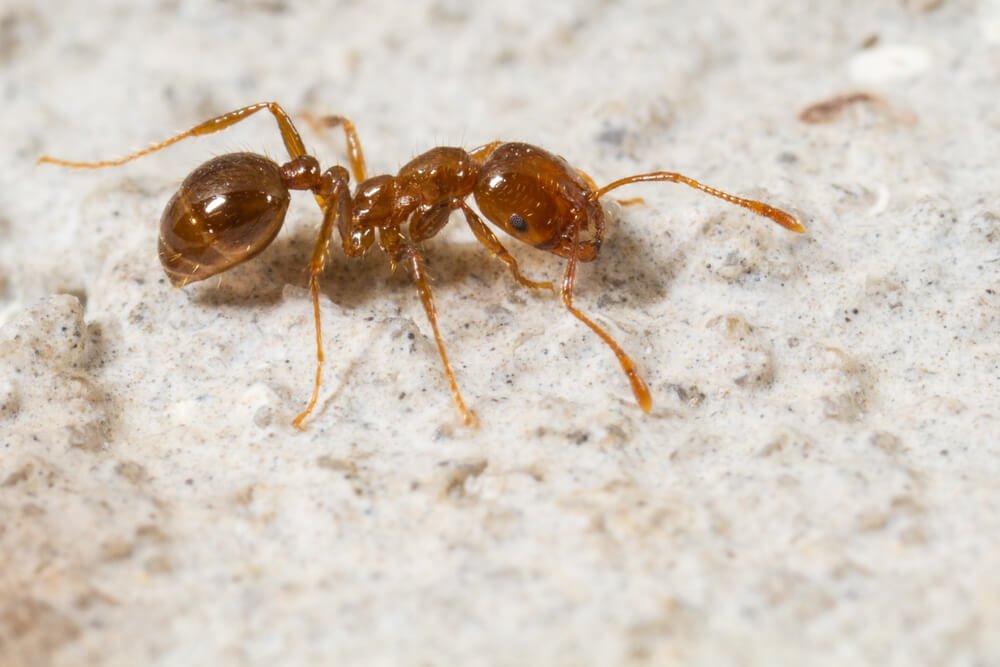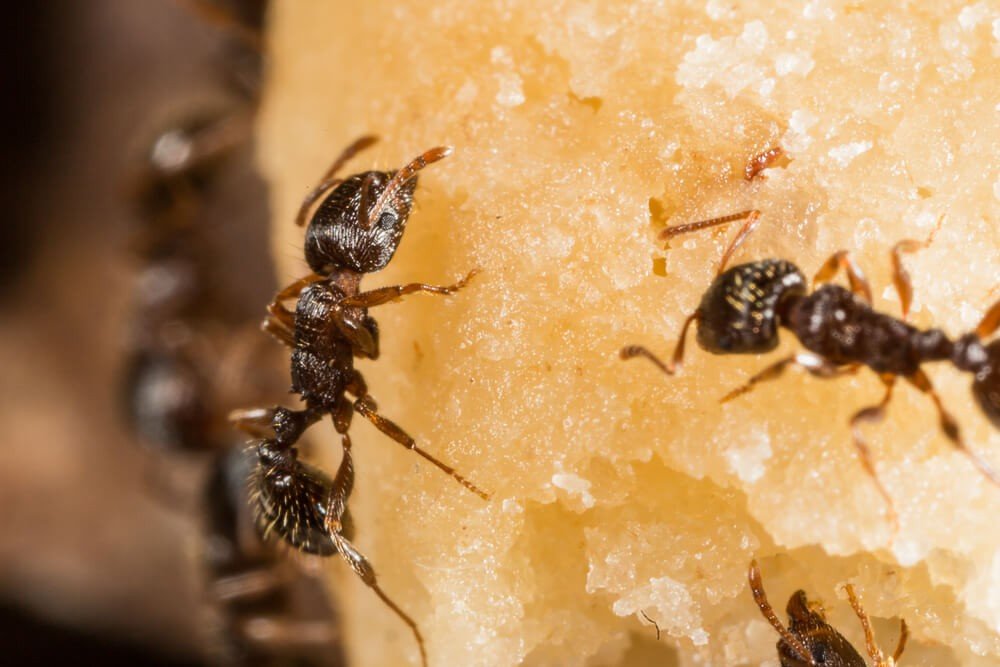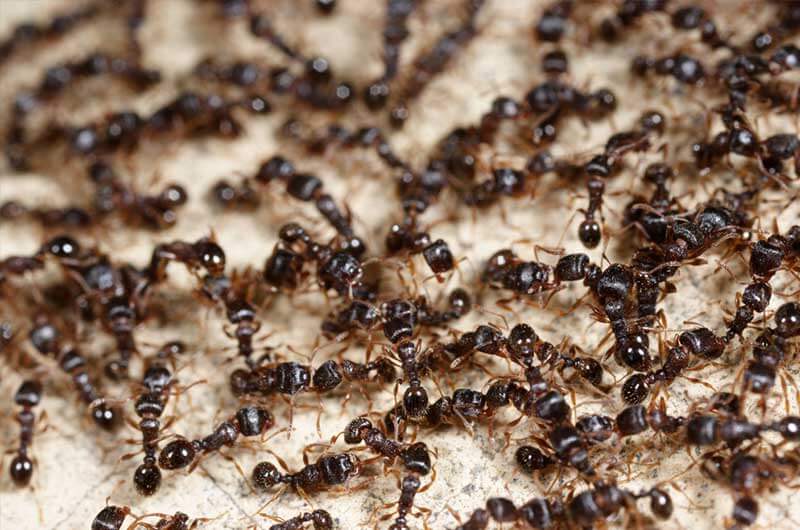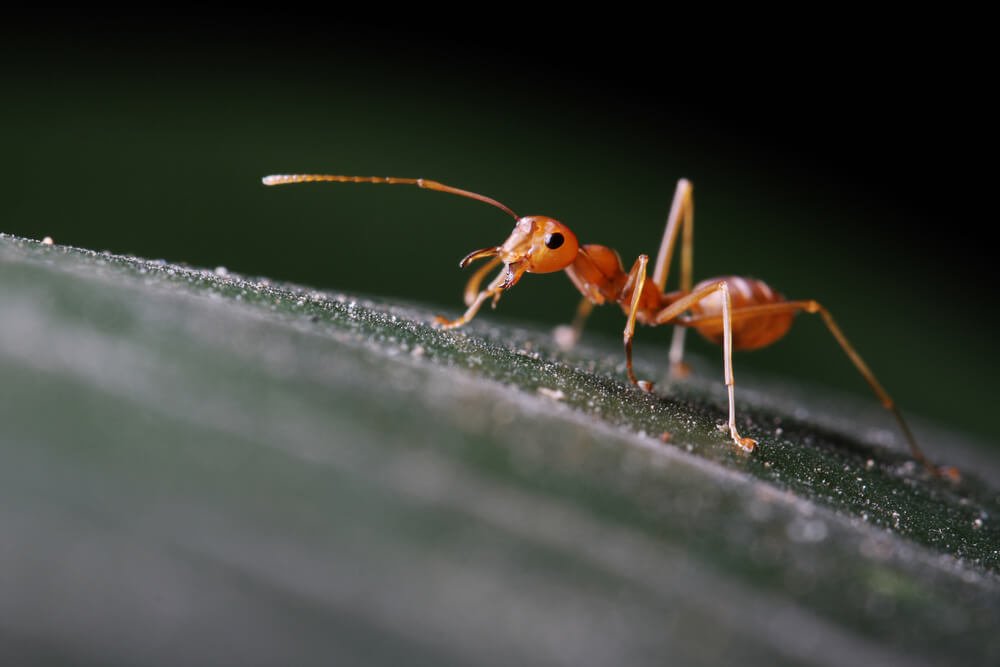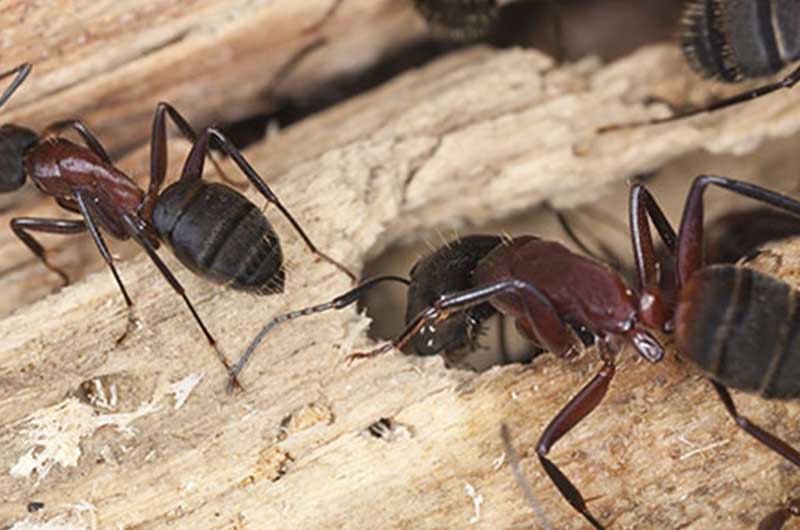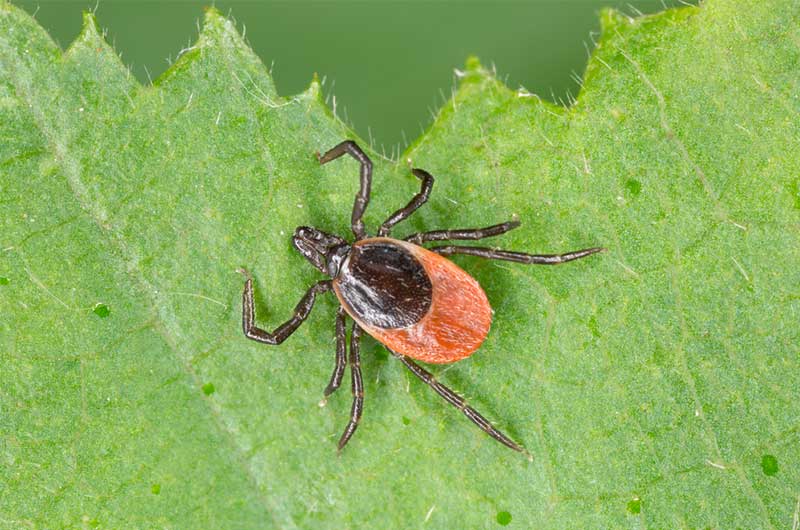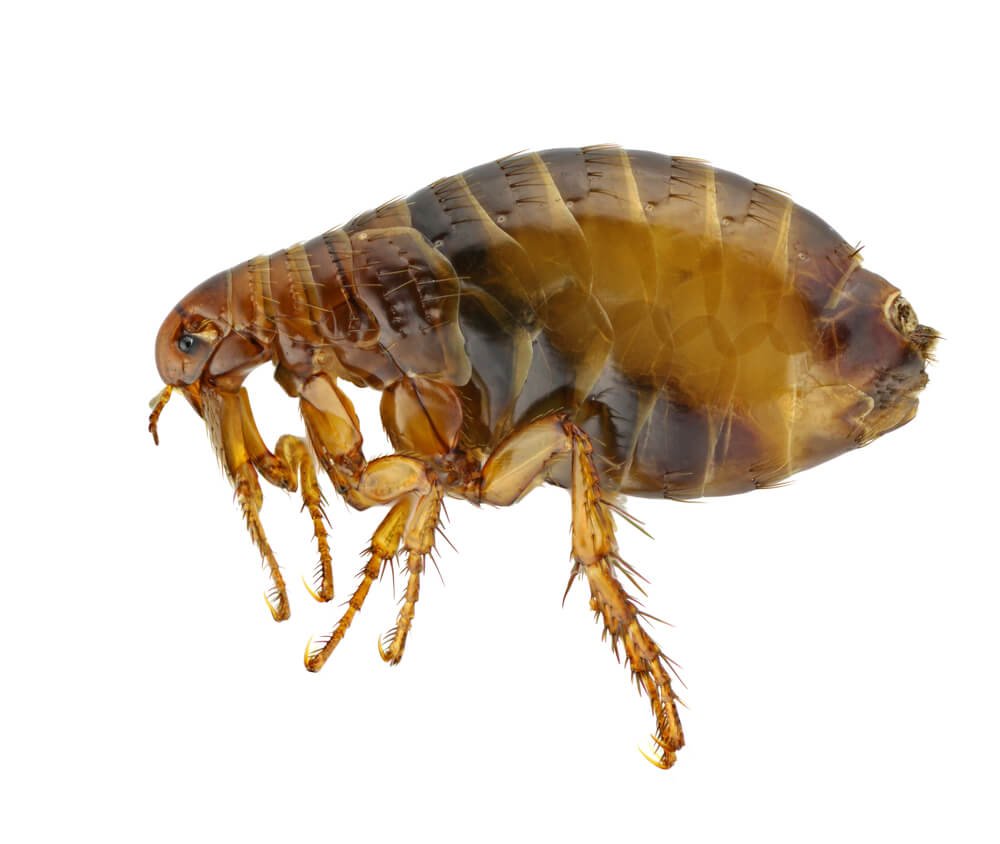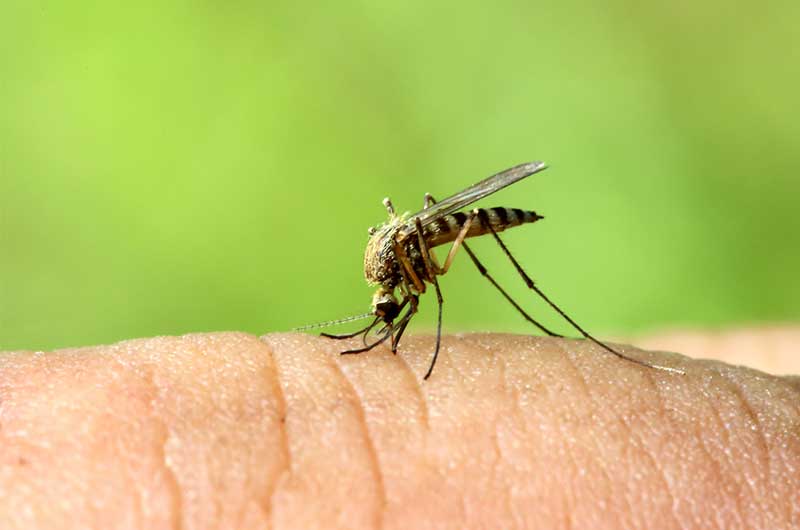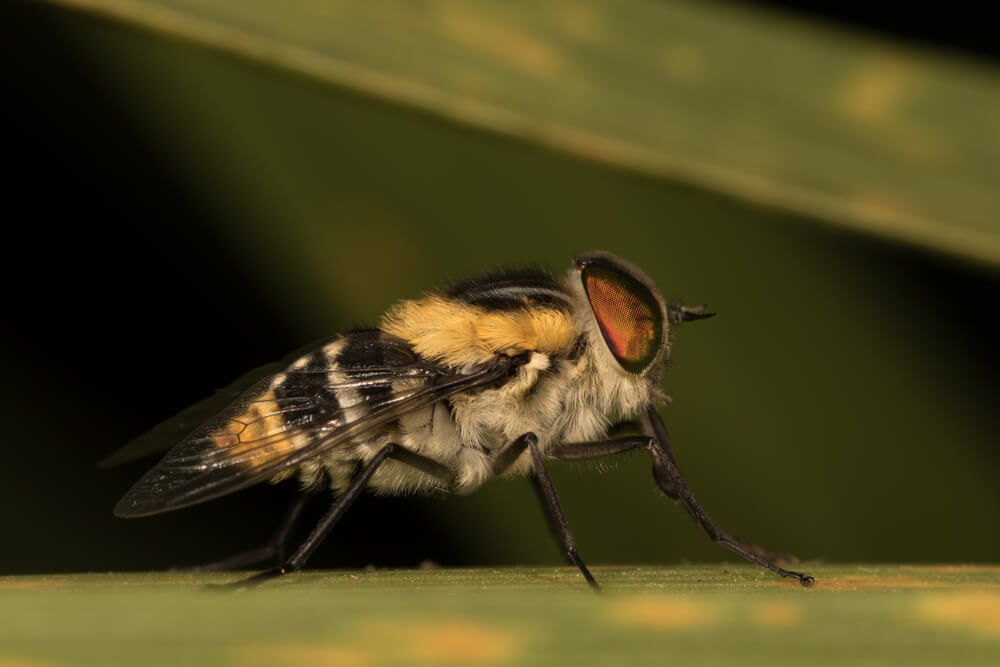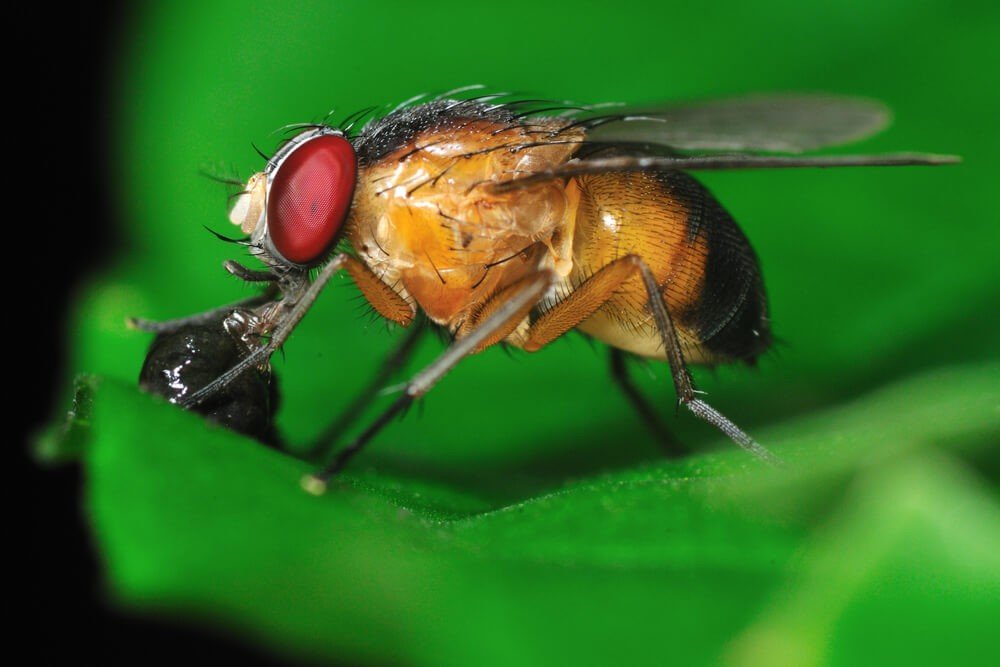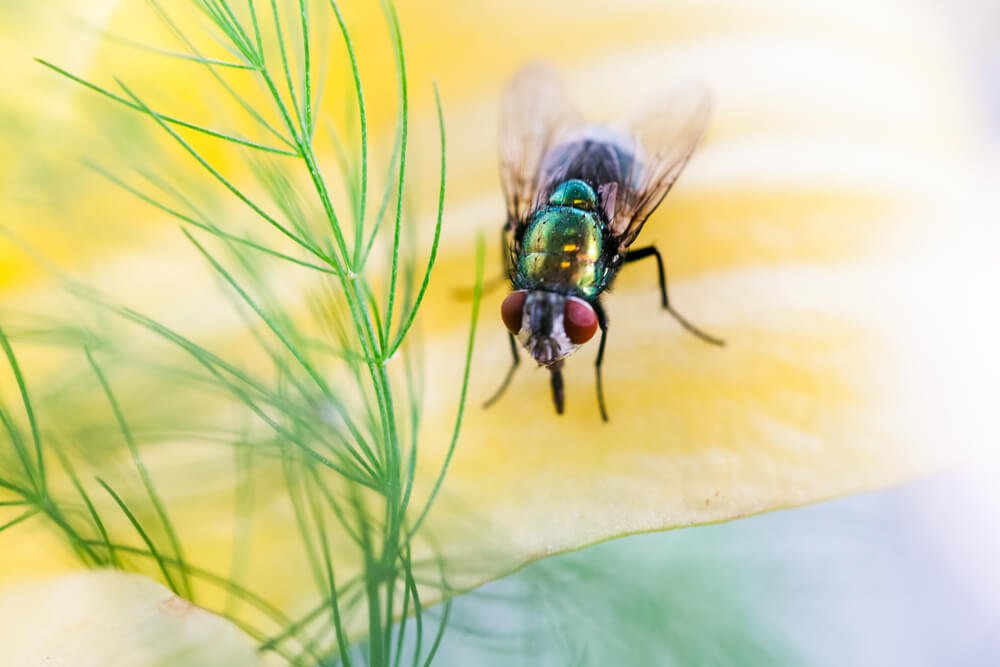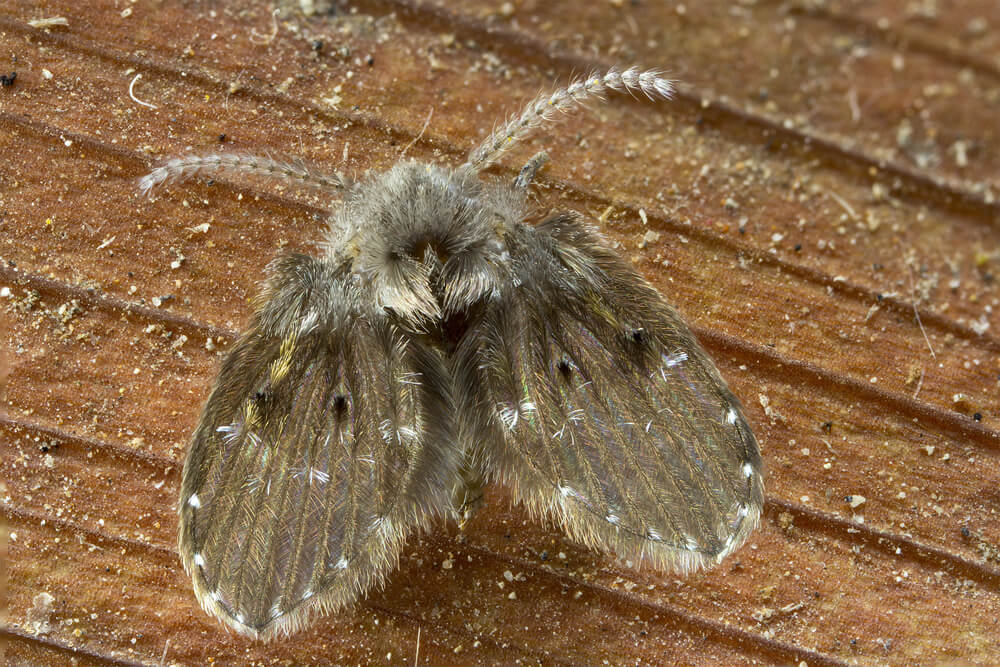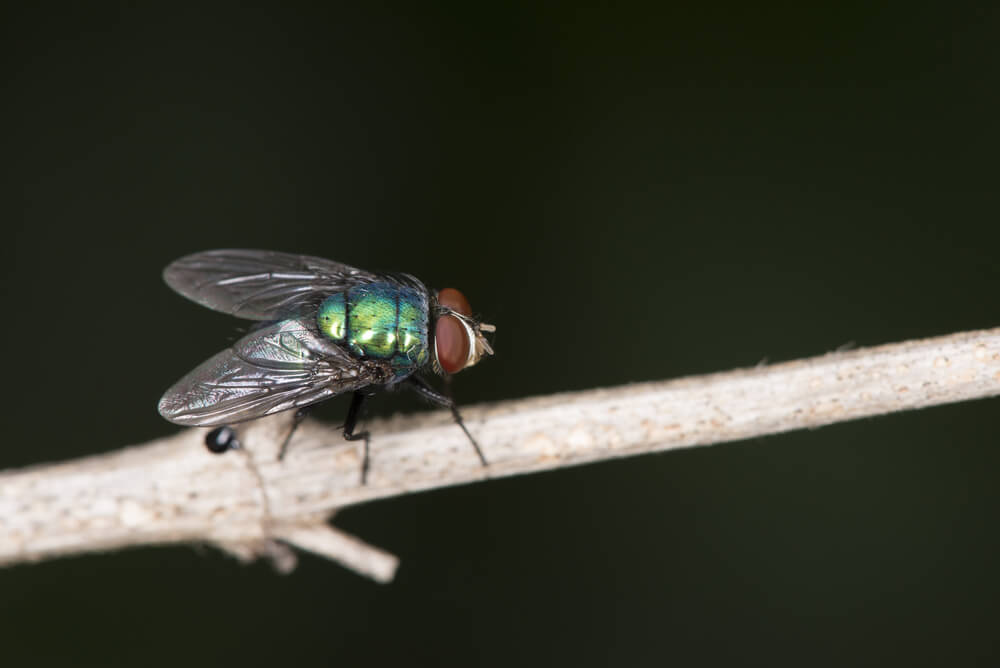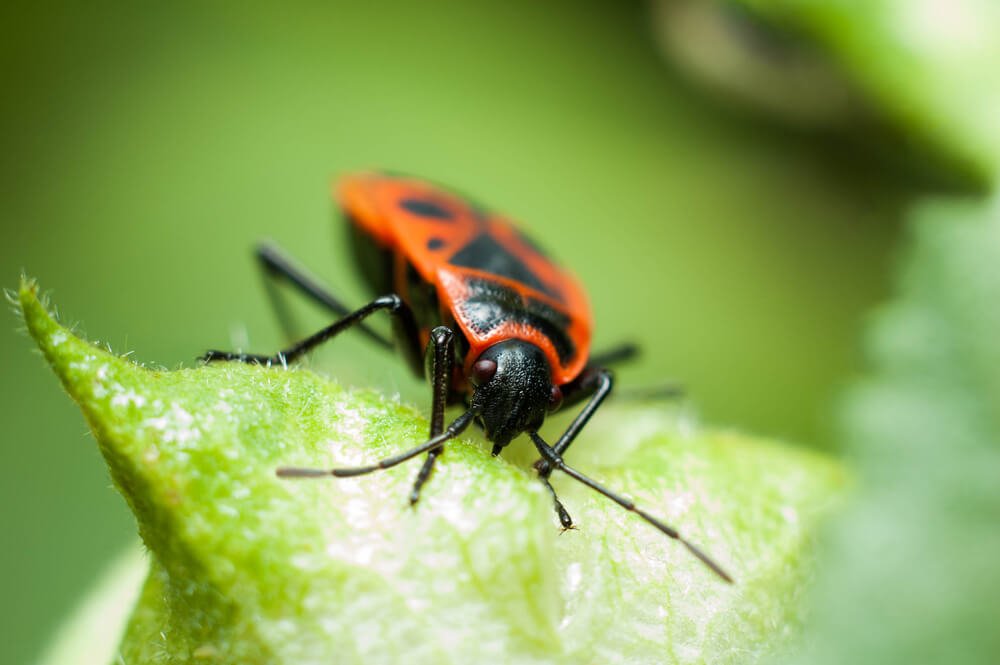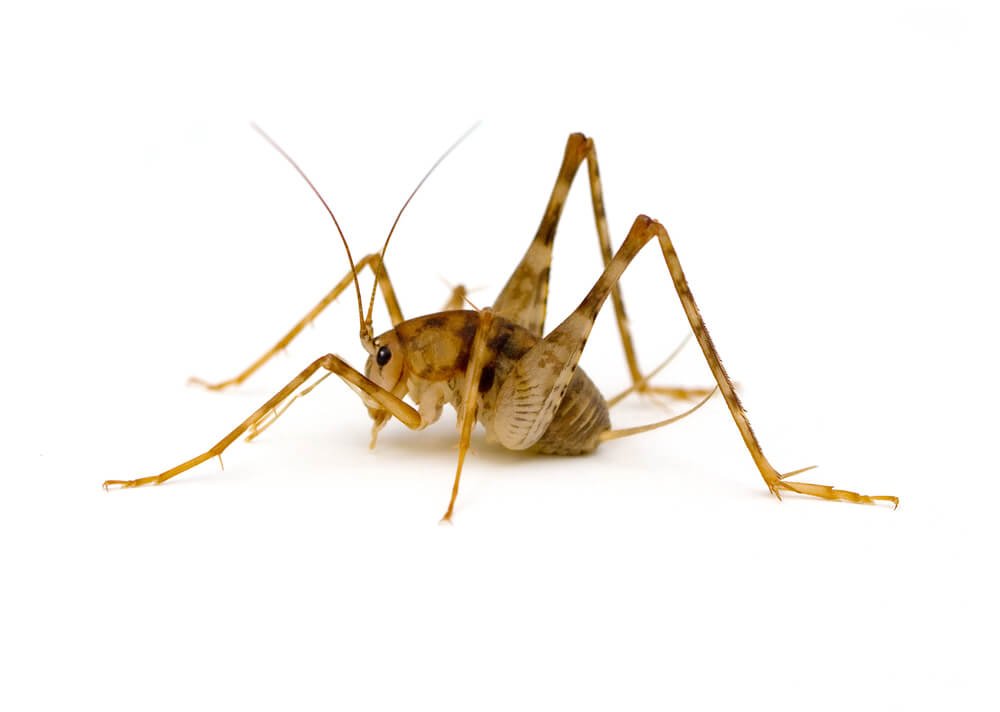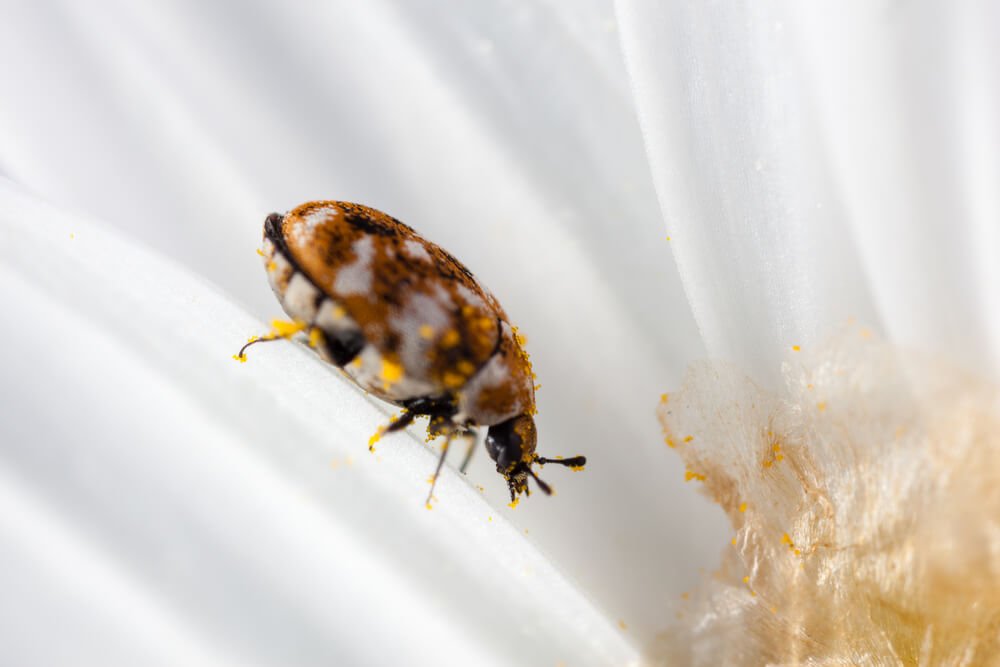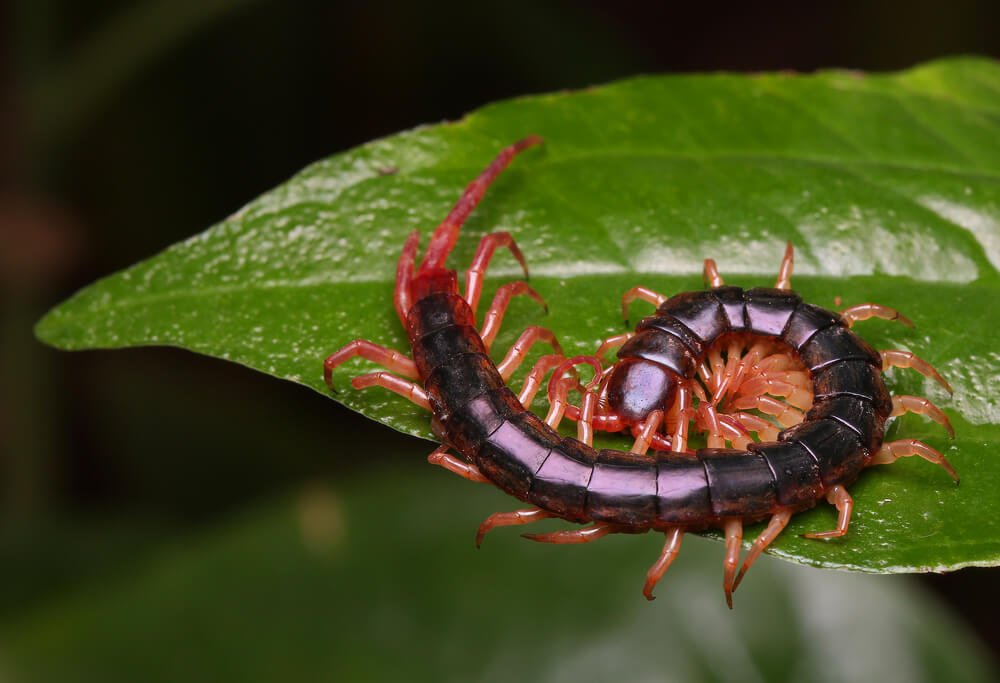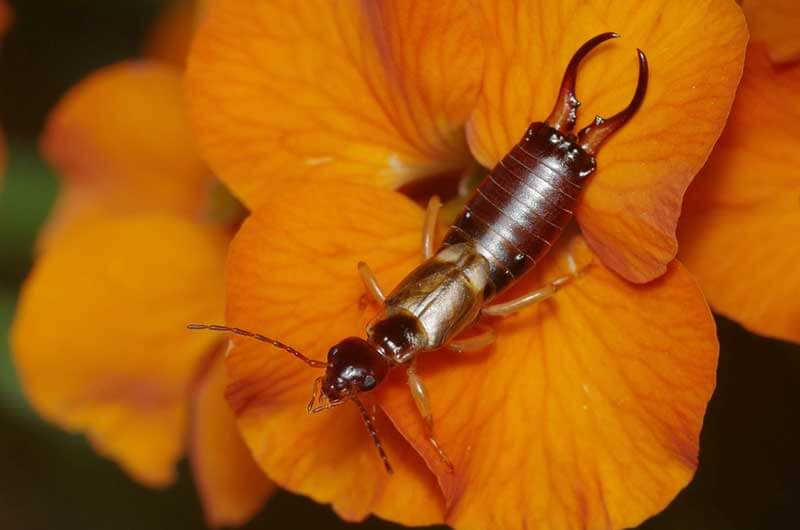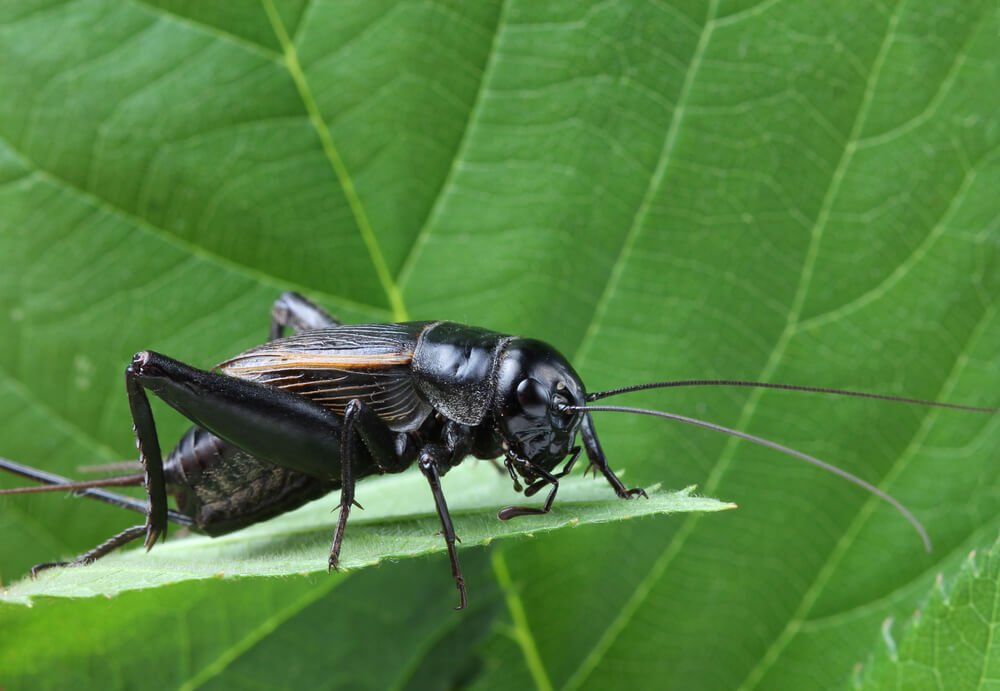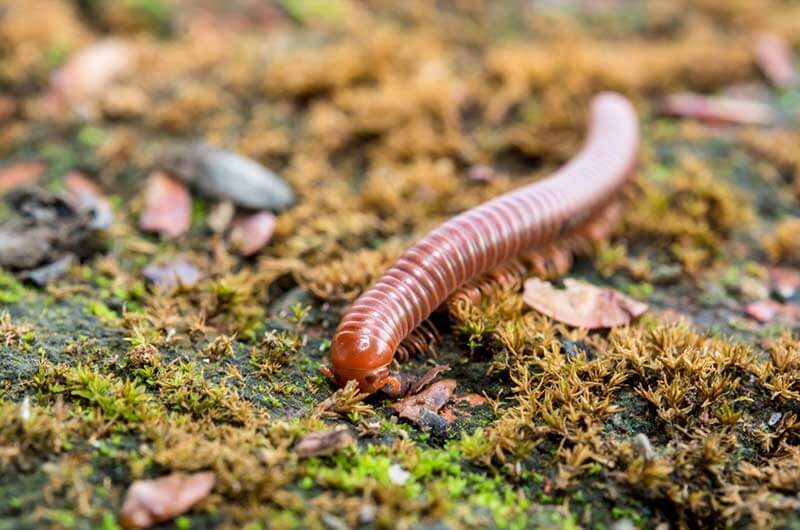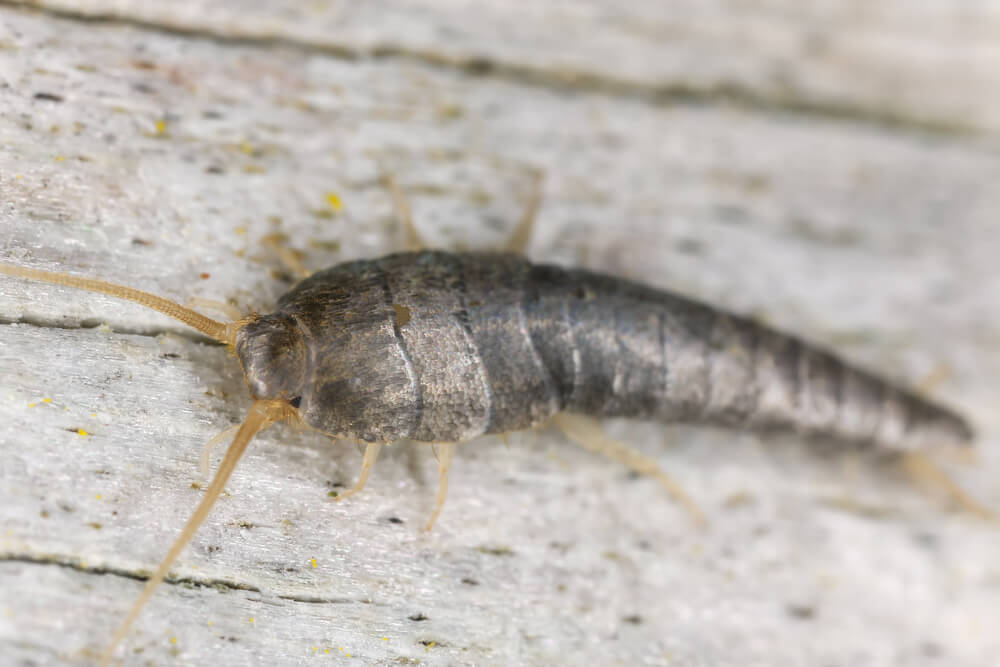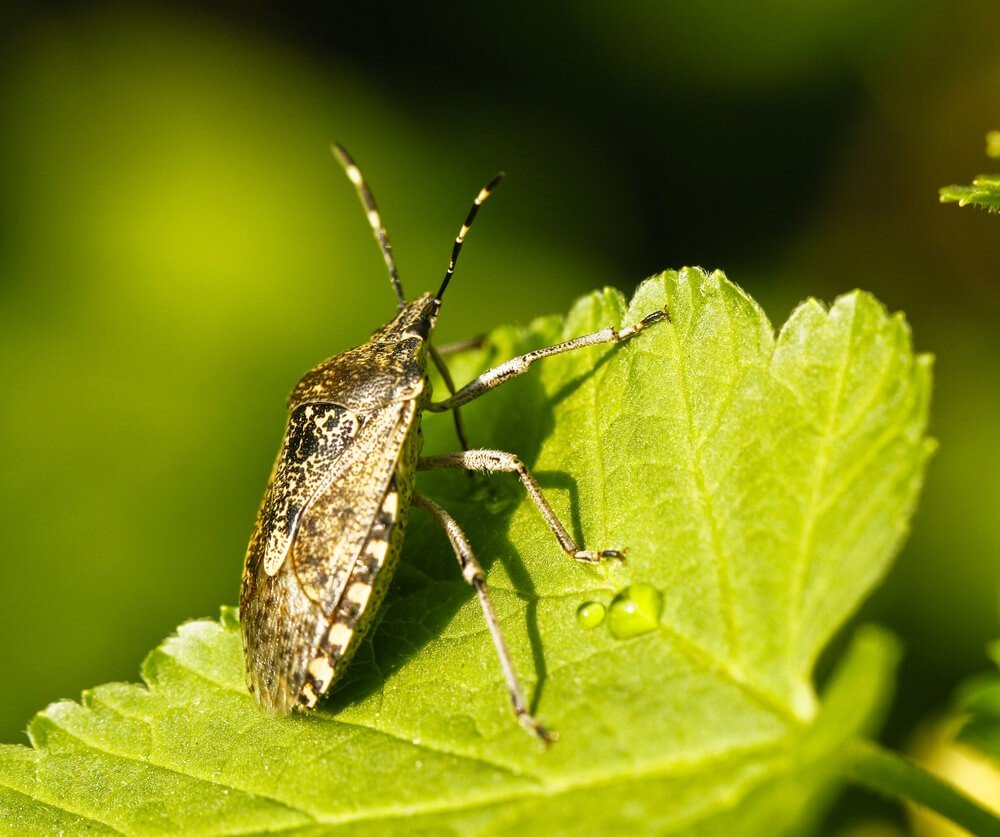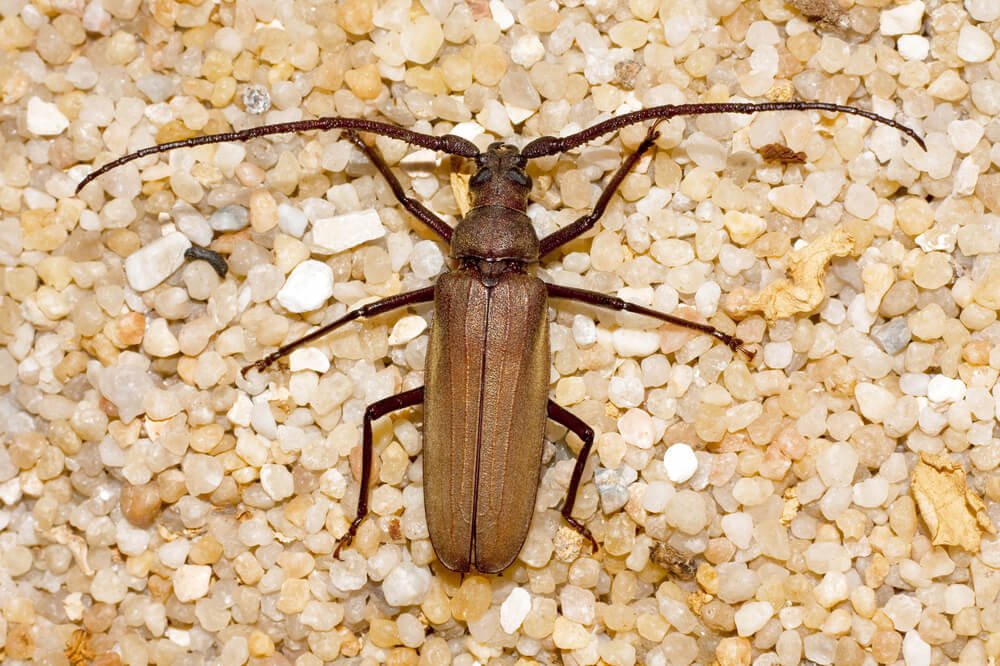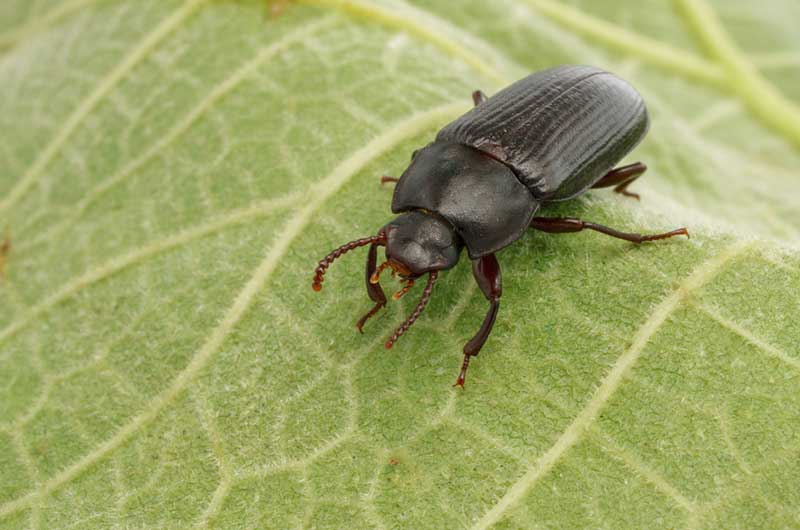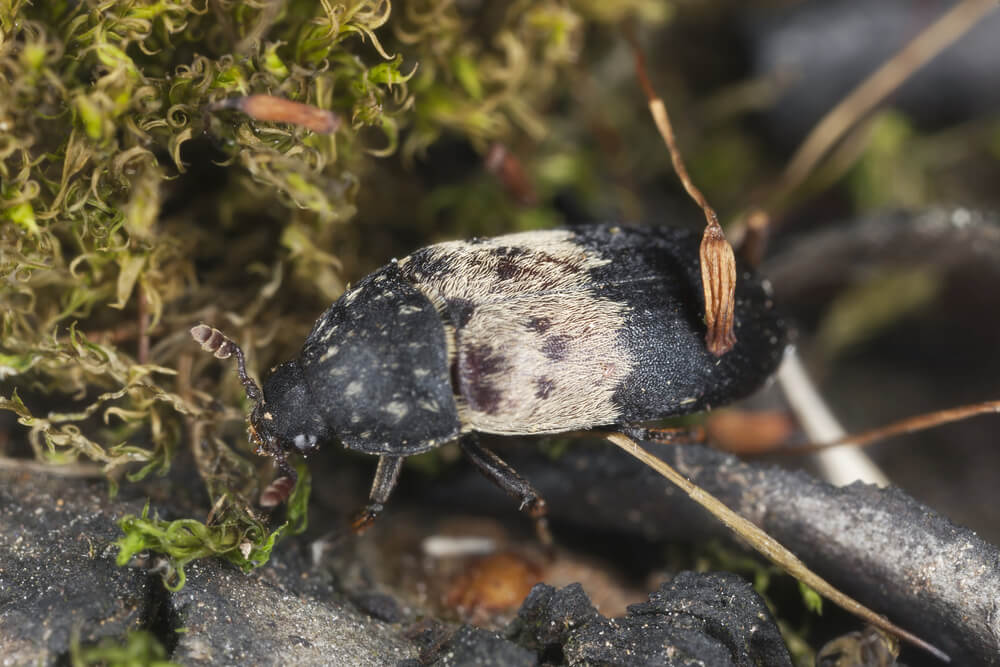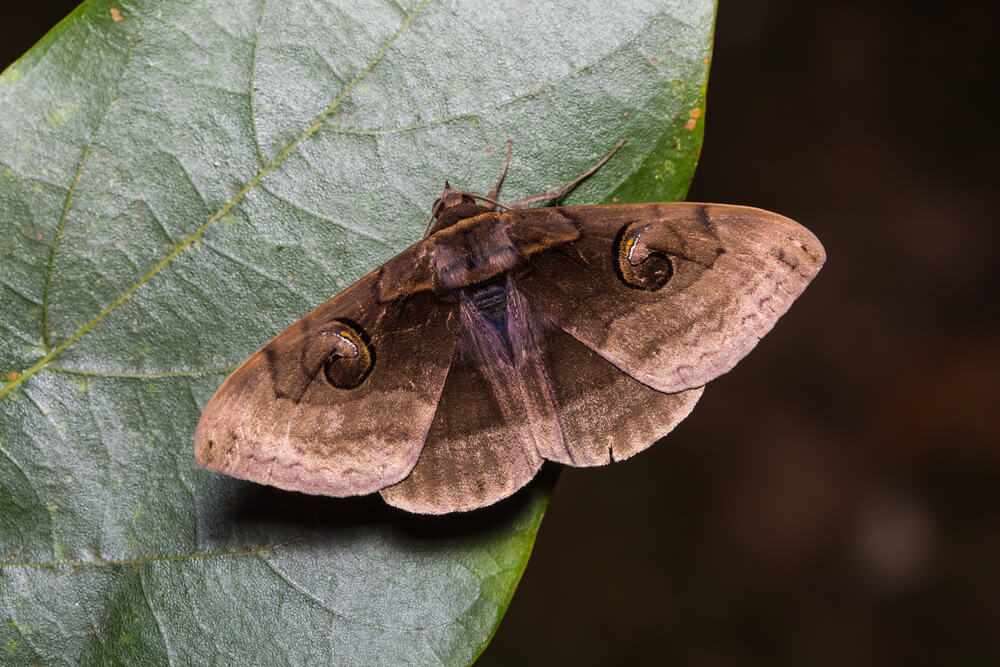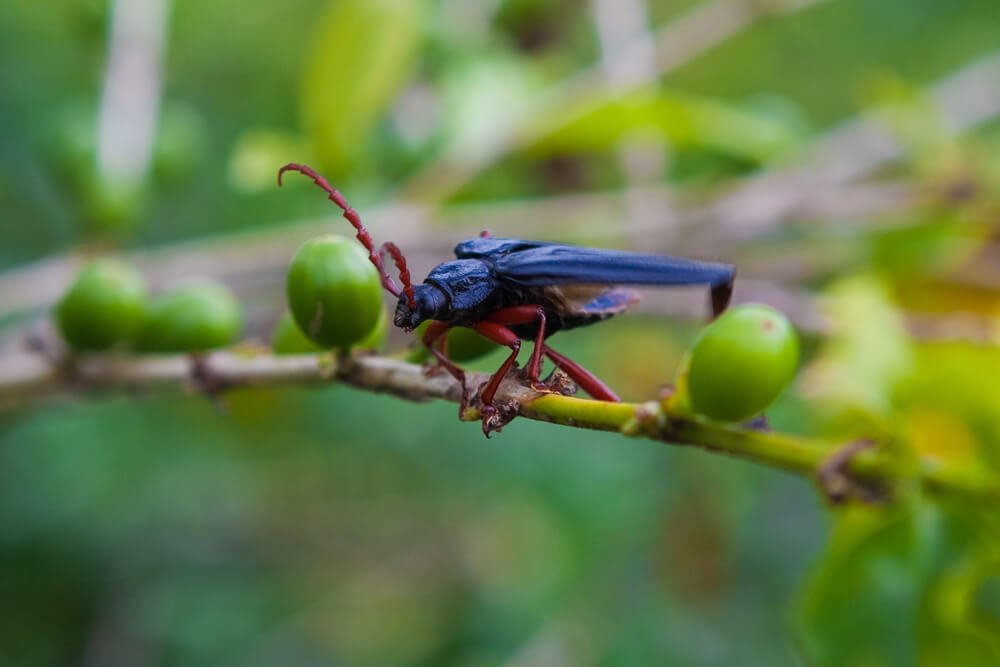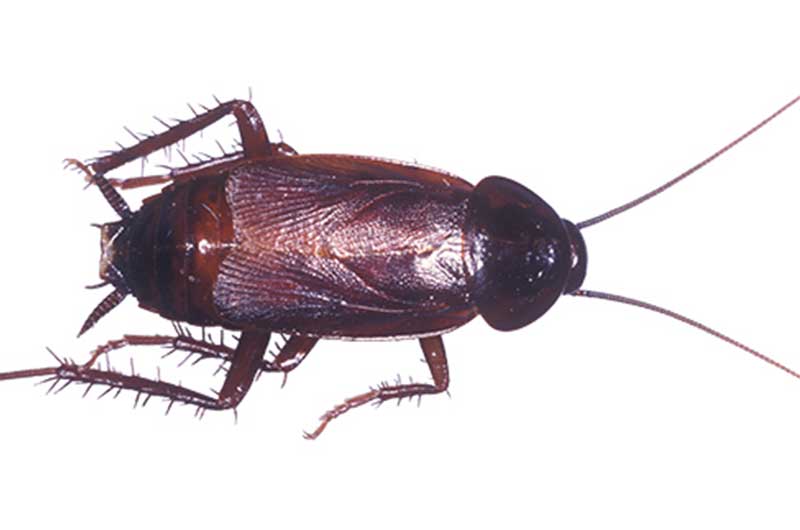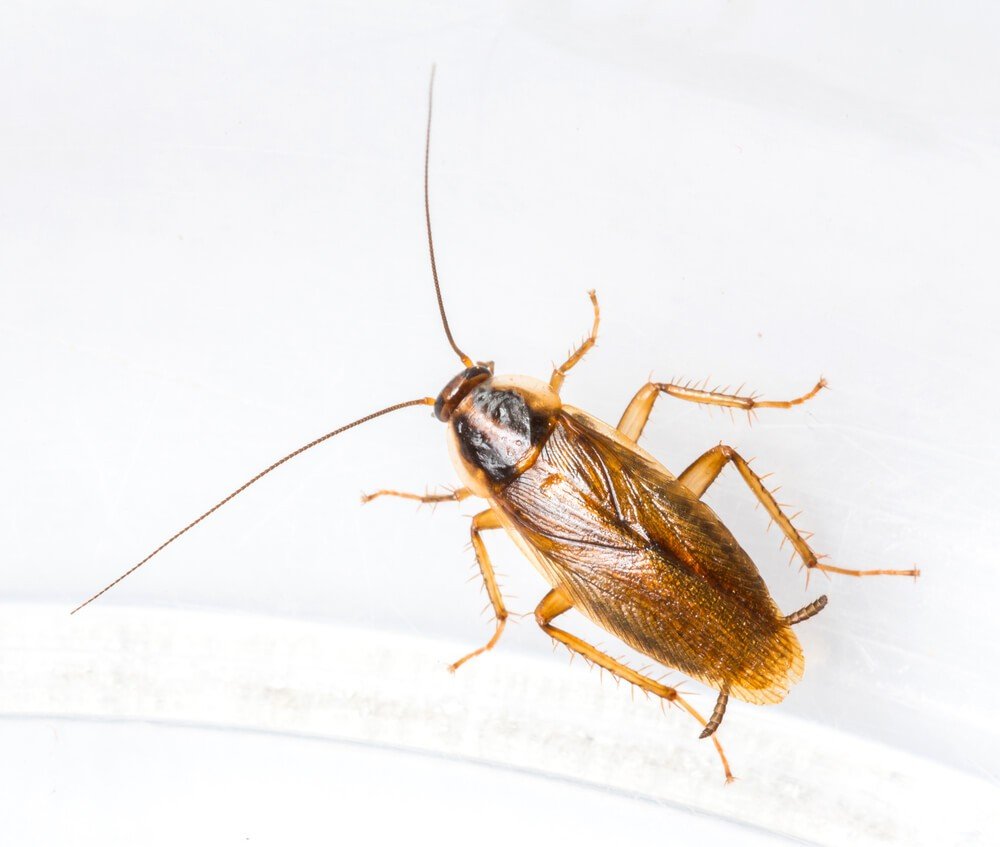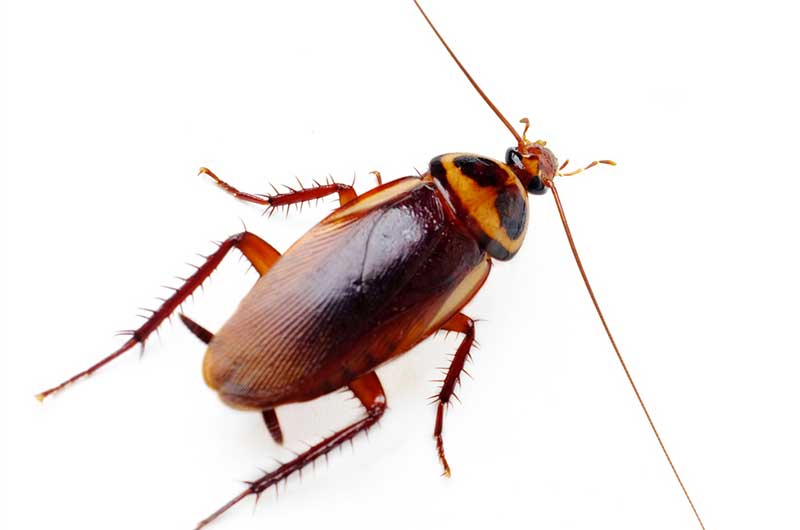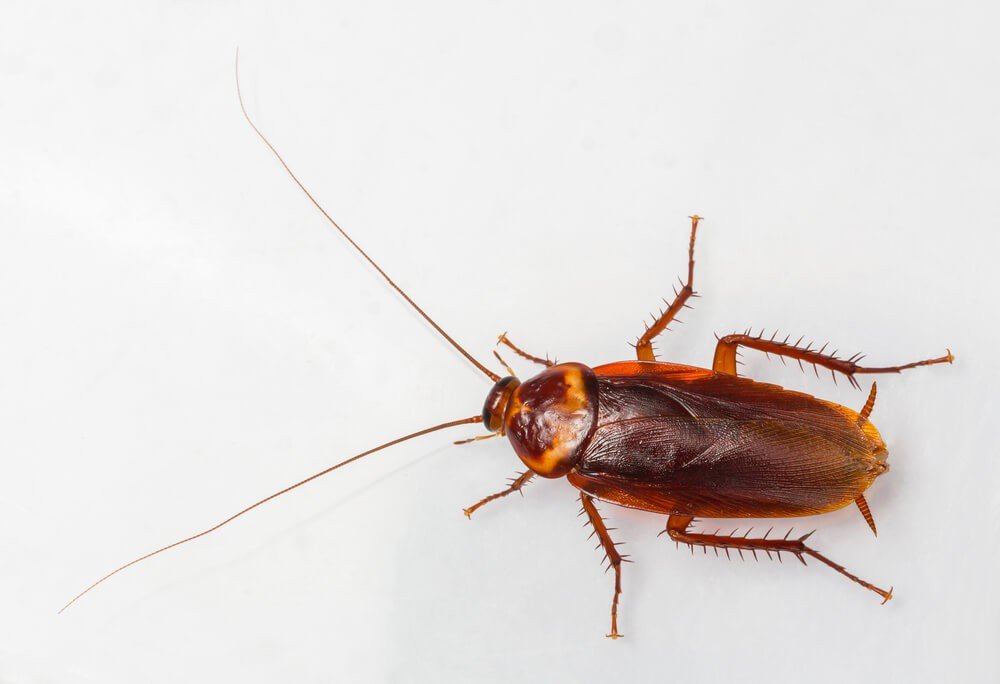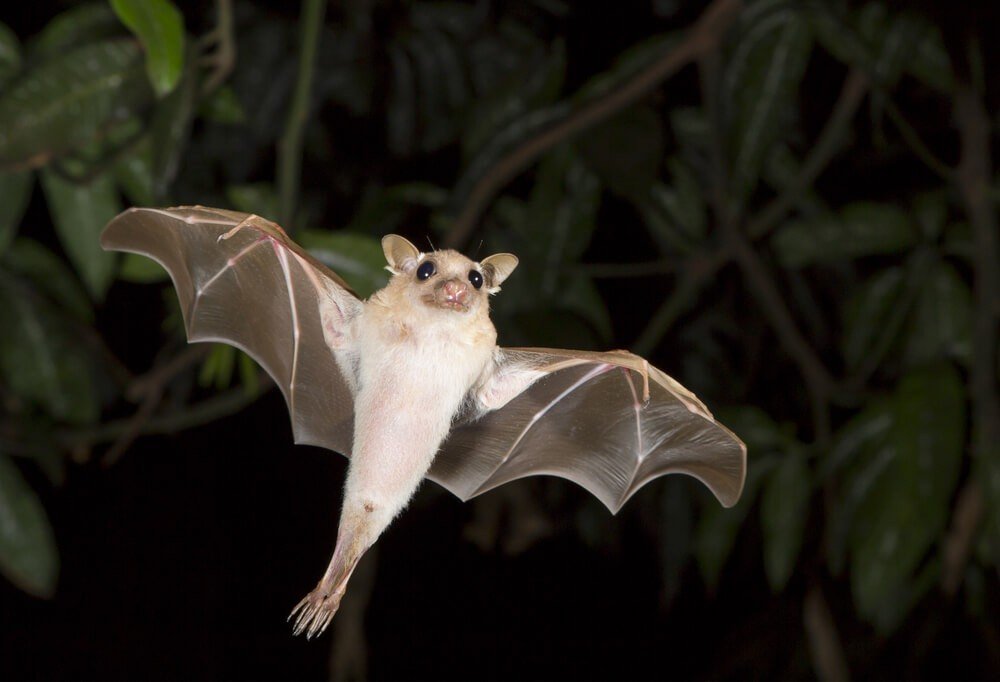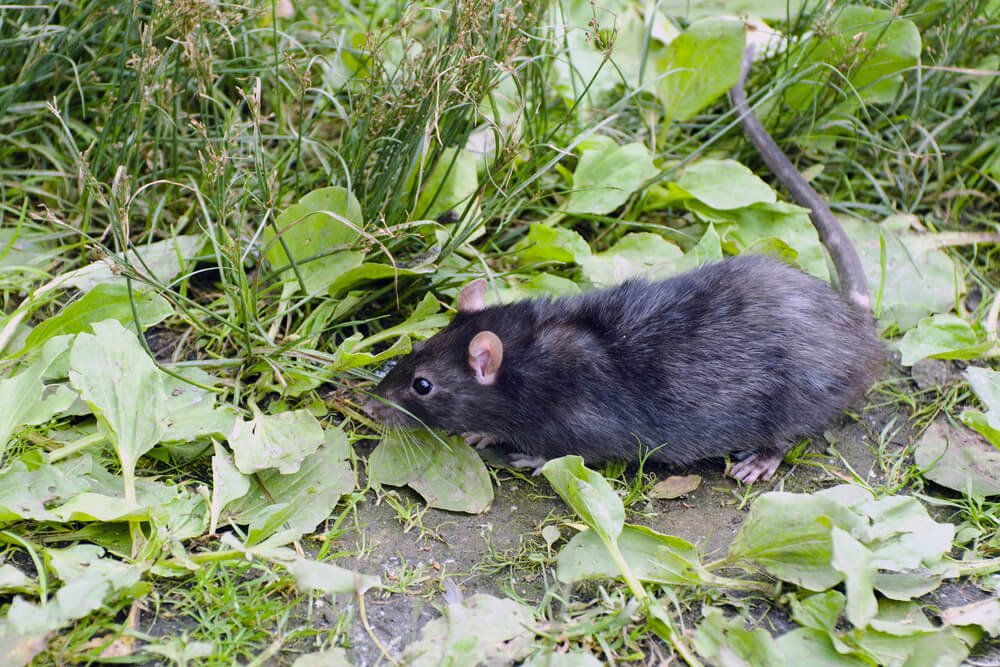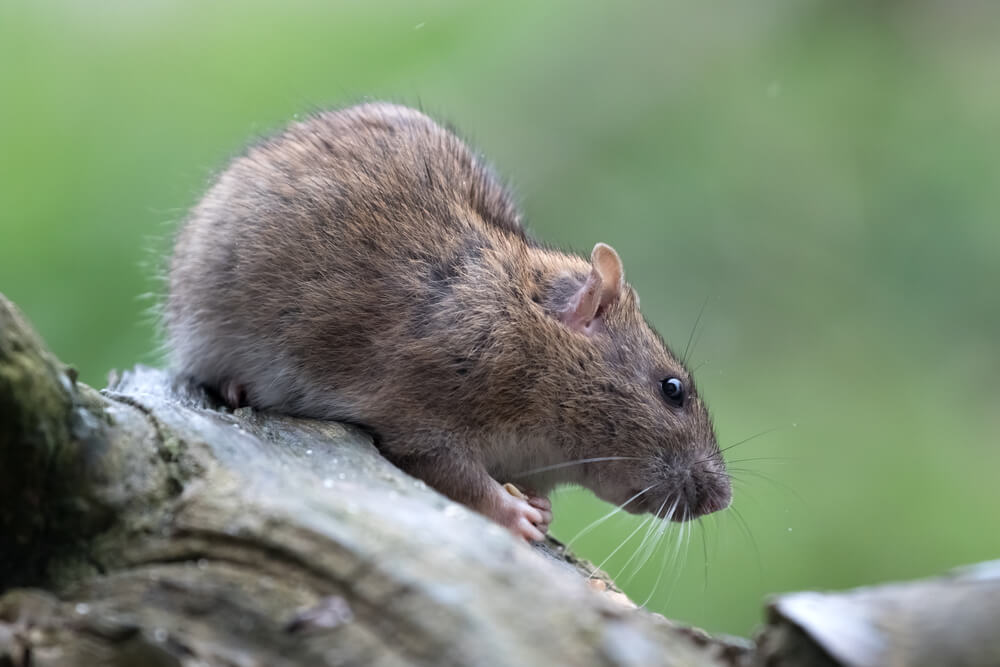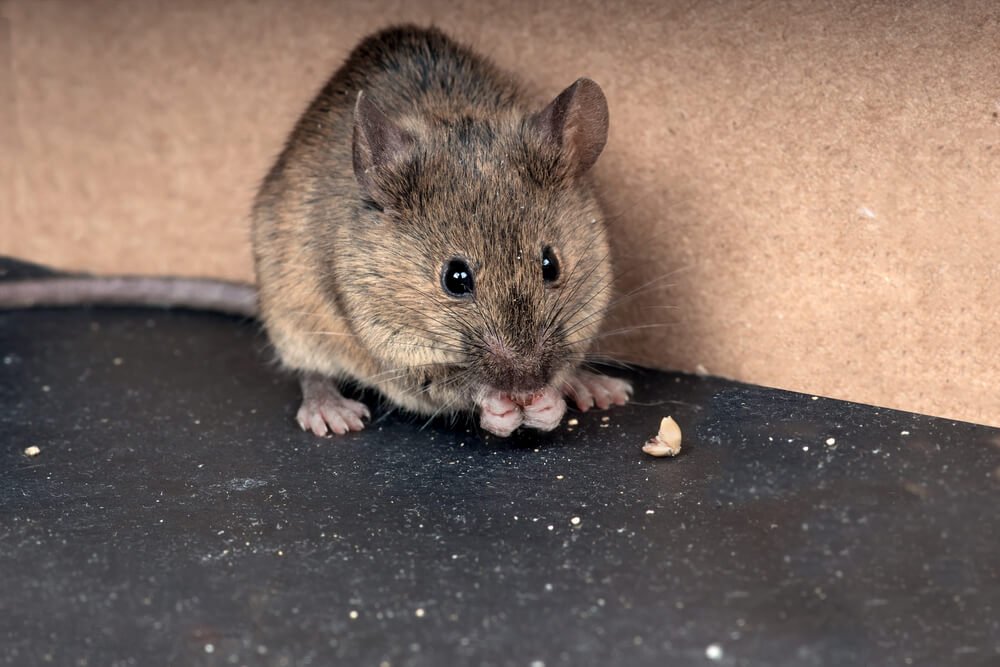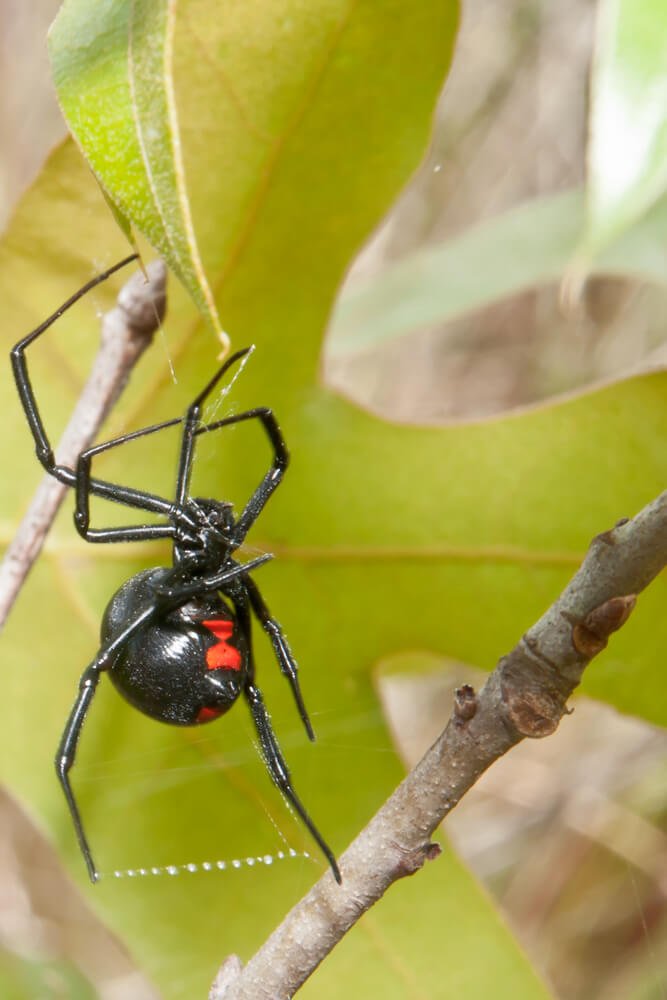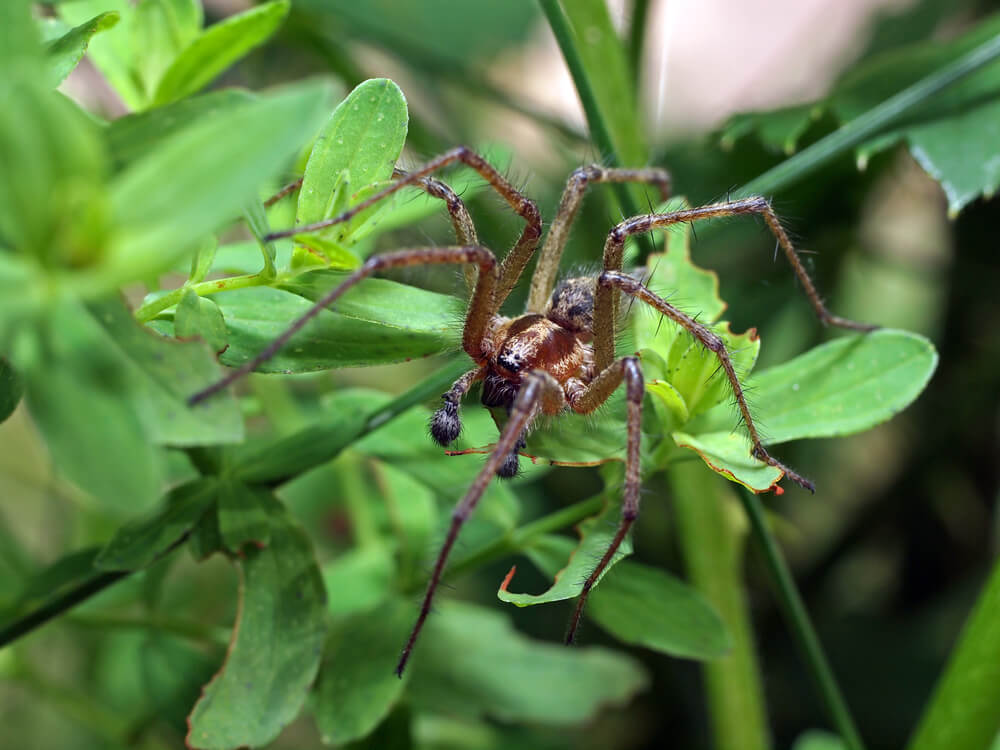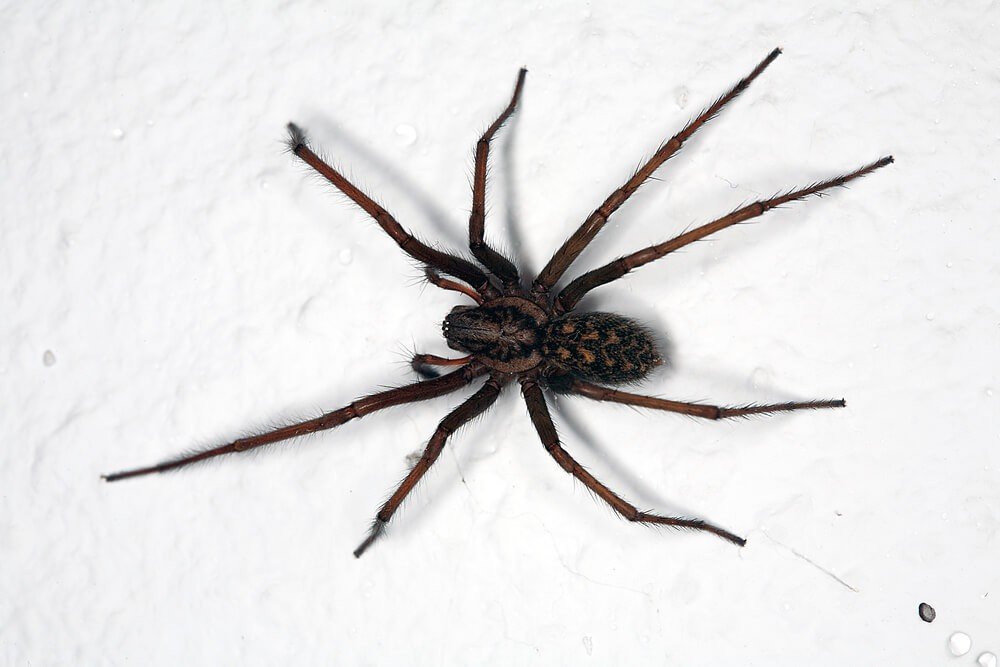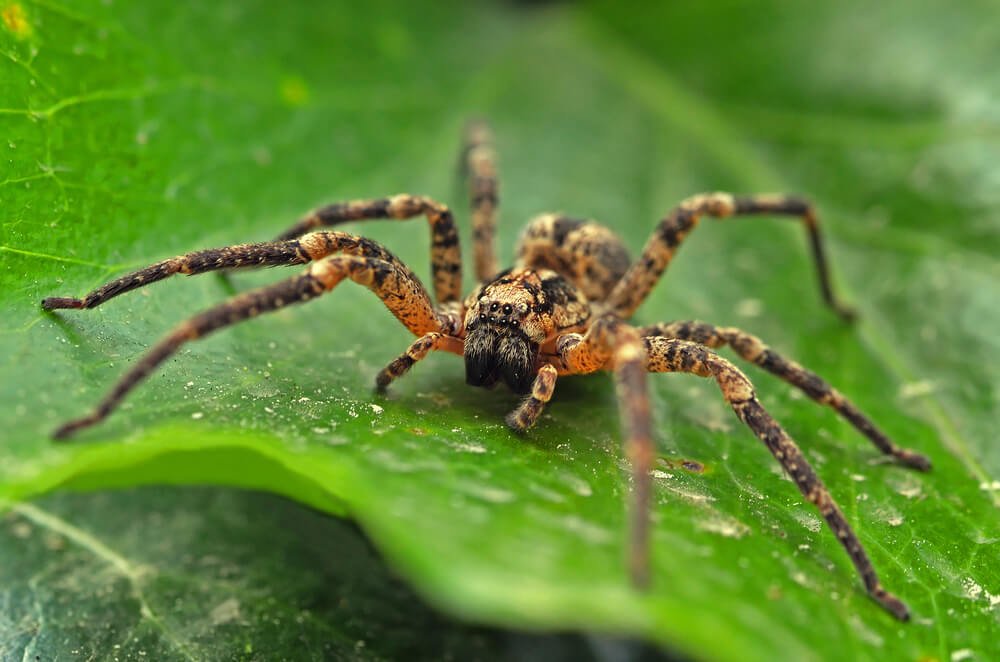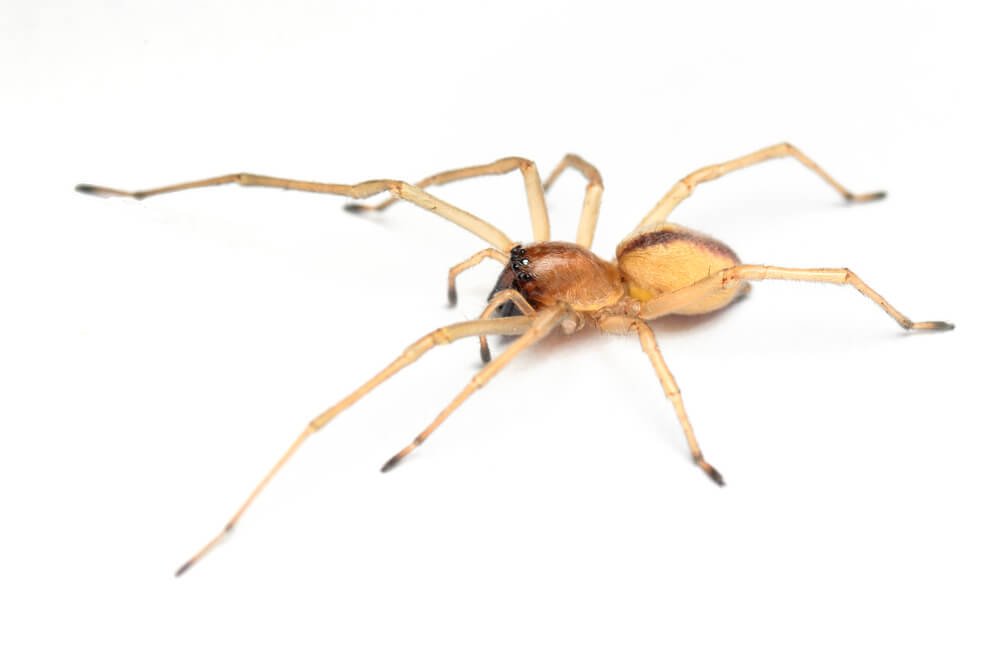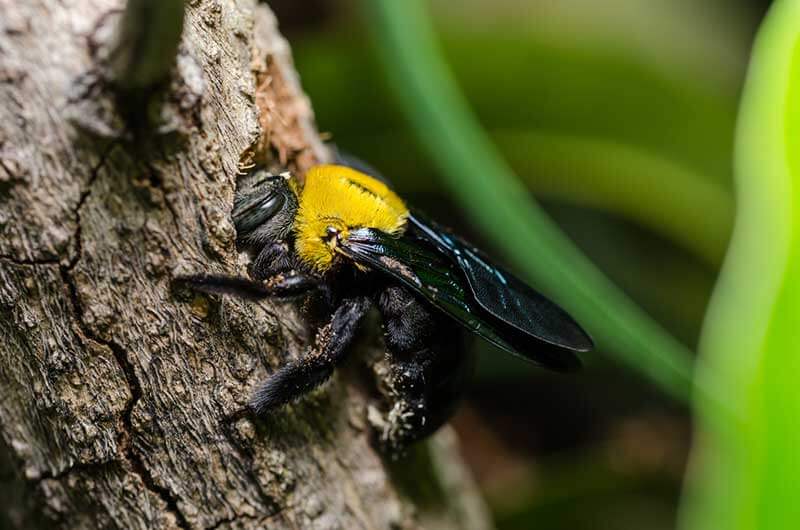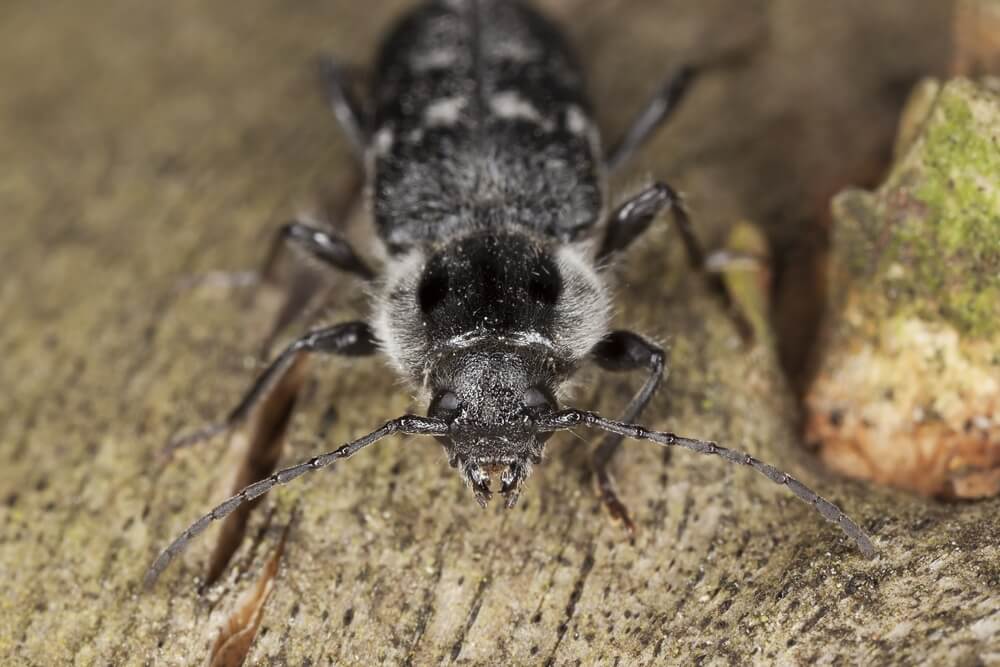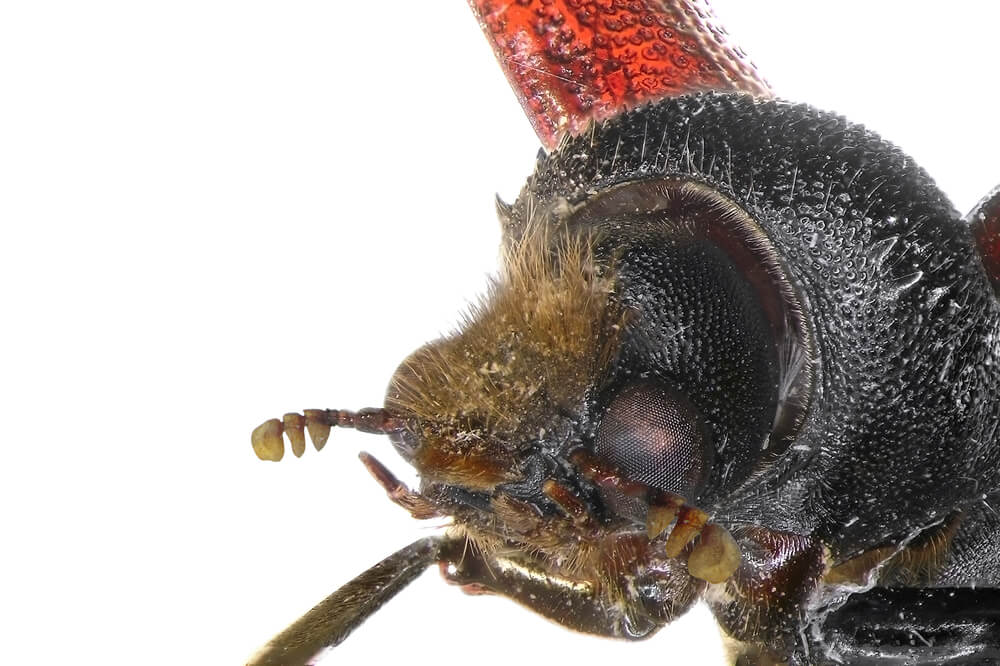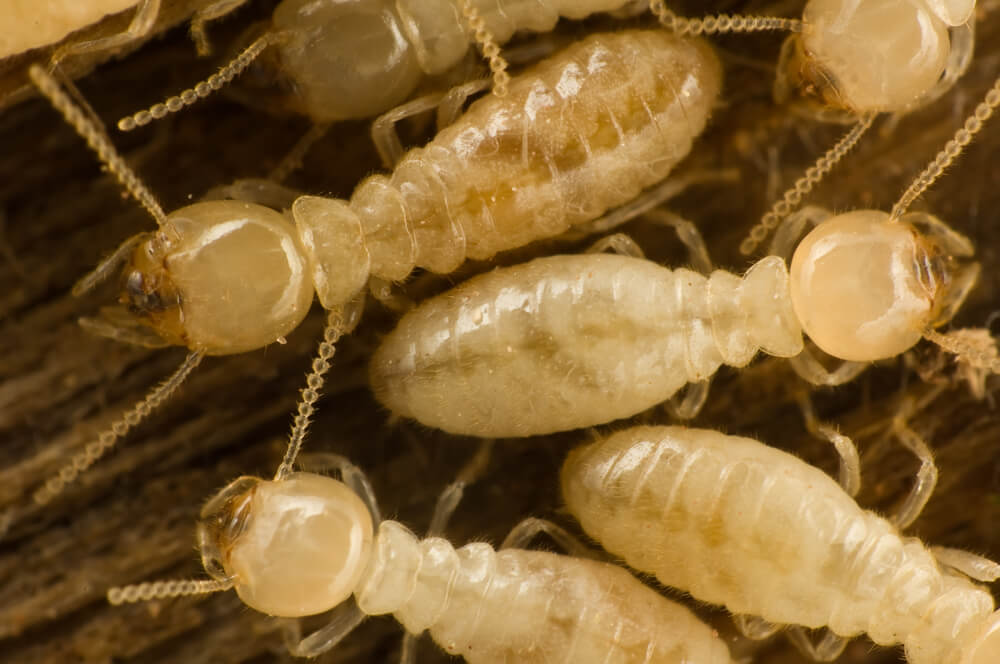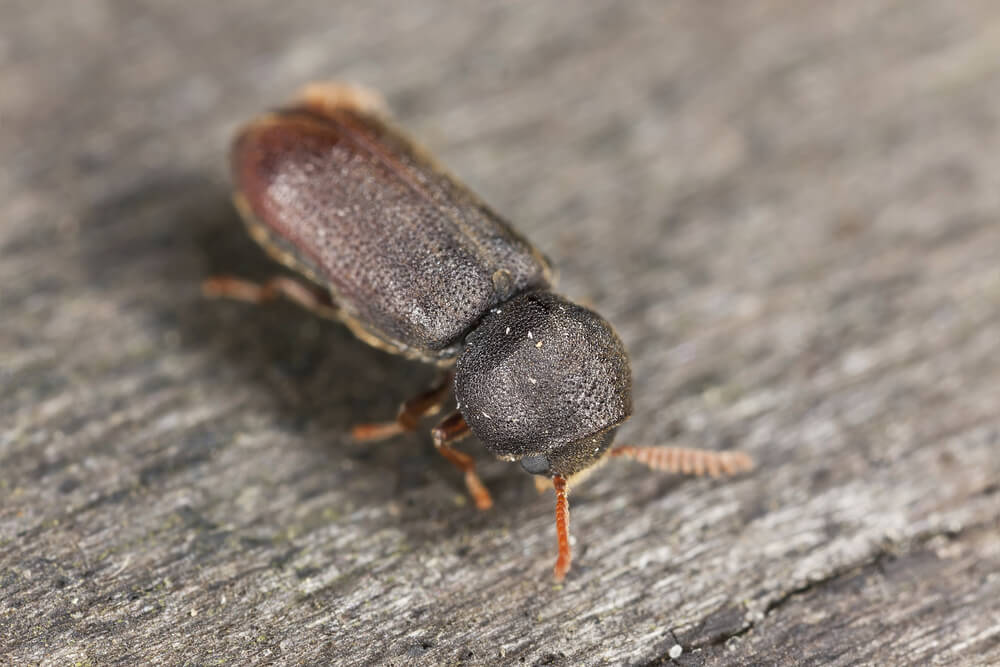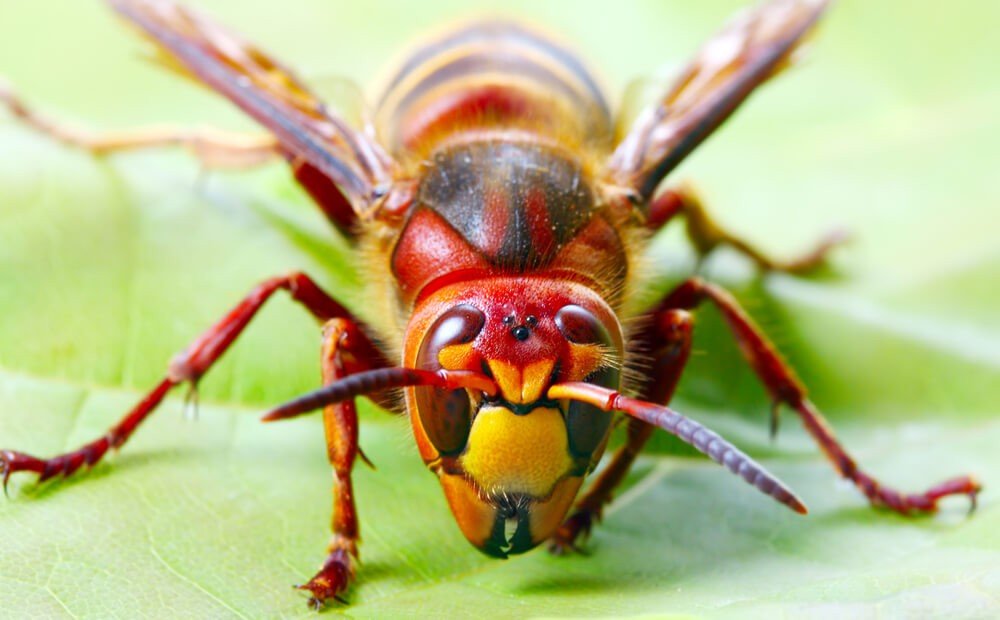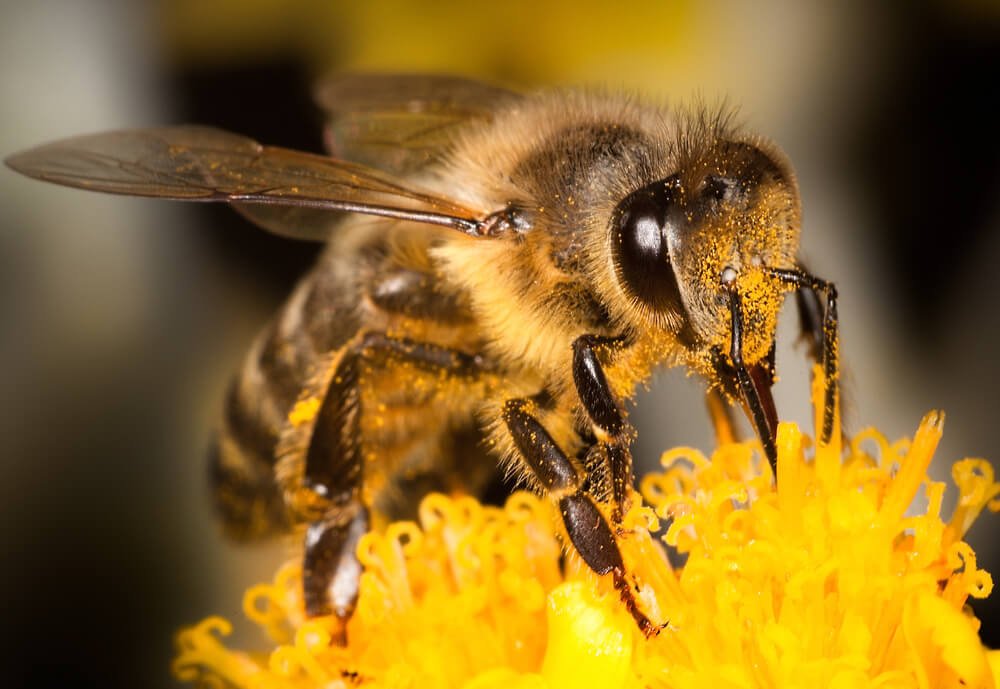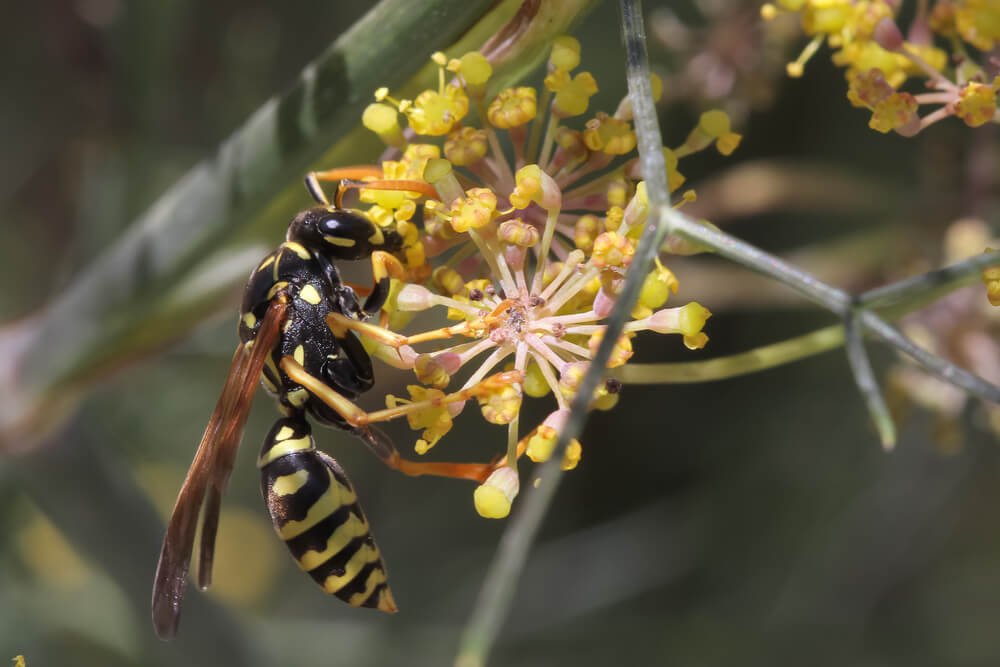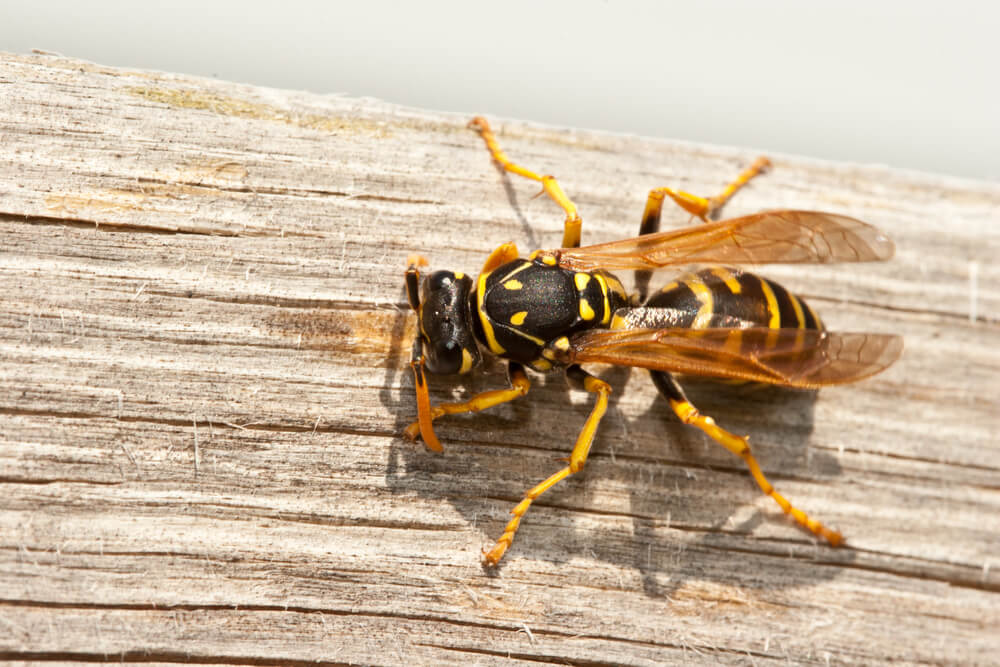What is Swarming in My House?!
We’ve been getting a lot of frantic calls lately about large swarms of flying pests careening haphazardly around people’s homes. They’ve been bouncing off the walls, and, quite literally, coming out of the woodwork. I use the general term “pests,” because when you are in the middle of something that can be classified as a “swarm” the questions going through your mind are not entomological, but basal, such as: Will these bite me? Will they eat my curtains? And the general, what the heck is going on here? (Or perhaps you used a stronger term.) During this time of year one of two things could be occurring: you have a swarm of flying ants or you have a swarm of termite alates (reproductive flying termites).We tend to think of ants and termites in their non-flying forms, but when they are sexually mature these insects do have wings.
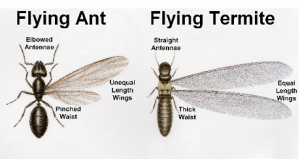 The easiest way to tell these two pests apart is by looking at their wings. For those of you who can stay clear, calm, and have particularly good eye sight: Insects with longer, thin wings are termites, while insects with a pair of short wings in the back are ants. However, noticing the shape of the wings will probably be the last thing on your mind when you are in the center of a swarm swirling around your living room, so another option is to put a couple of dead insects into a bag, or to look for deposited wings near your windows and doors. Since most people don’t have a reference for what qualifies wings as long and thin versus short, collecting the insects in a bag will usually be your best option.
The easiest way to tell these two pests apart is by looking at their wings. For those of you who can stay clear, calm, and have particularly good eye sight: Insects with longer, thin wings are termites, while insects with a pair of short wings in the back are ants. However, noticing the shape of the wings will probably be the last thing on your mind when you are in the center of a swarm swirling around your living room, so another option is to put a couple of dead insects into a bag, or to look for deposited wings near your windows and doors. Since most people don’t have a reference for what qualifies wings as long and thin versus short, collecting the insects in a bag will usually be your best option.
There are a few other physical characteristics that differentiate ants and termites, besides just the wings. An ant’s waist is more slender than a termite’s waist, causing it to look more segmented in appearance. The “waist” is the space between the two back segments, right before its gaster (or in more colloquial terms, before its rear end). The shapes of the antennae is also a good way to differentiate between ants and termites. Ants have what are called “elbowed antennae,” as they crook somewhat like a human elbow would. Termites have straight antennae without any curvature or bend to them.
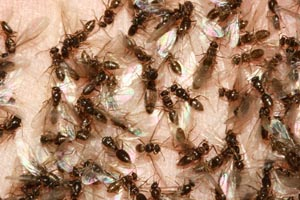 It is also helpful to understand just what these pests are doing flying around in the first place, whether inside or outside your house. As Spring is now blooming, the sexually mature termites that we previously mentioned are attempting to find a new home. Their job is to pair up with a mate, get into the soil, and start a new colony. Most of these termite alates will die before accomplishing that task, which is why, if a swarm has occurred in your home, you will find both detached wings and dead insects.
It is also helpful to understand just what these pests are doing flying around in the first place, whether inside or outside your house. As Spring is now blooming, the sexually mature termites that we previously mentioned are attempting to find a new home. Their job is to pair up with a mate, get into the soil, and start a new colony. Most of these termite alates will die before accomplishing that task, which is why, if a swarm has occurred in your home, you will find both detached wings and dead insects.
Flying termites are worrisome for two reasons. First of all, swarmers may be an indicator of an existing termite issue, depending upon where they came from. Termite alates will not fly very far using their own wing power (no more than 20 feet), as they are poor fliers. Therefore, it is possible that there is already a nest in your home and that the swarmers have just emerged from this nest. However, they may also come from much further away as wind can carry them across great distances. A thorough inspection of your home will be the only way to determine if there is an existing nest or not. Regardless of whether there is a current nest in your home, the swarming termites you are currently seeing are looking for a place to call home. Since swarmers are attempting to reproduce in order to start a new colony, it is important to get a pest control specialist to your home before this takes place. The sooner the problem is taken care of, the less likely the termites will begin building their new colony in your home.
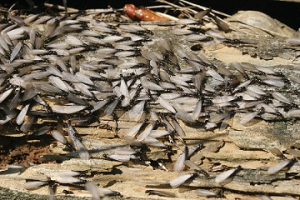 PermaTreat offers free inspections if you are unable to determine whether you are having a swarm of ants or termites. Additionally, since termite swarmers may or may not indicate an already existing problem (as opposed to a current problem), it is crucial to get an inspector out there to take a closer look at your home. They will want to do a thorough inspection of your home to determine your specific situation. Our termite inspectors are highly trained, and know exactly what signs to look for to determine whether or not there is already a colony inhabiting your home. The next step is to actually treat the problem. Termite treatments come in many different shapes and sizes depending on the scope of the termite infestation, and each one is unique to the specific home. Your inspector will be able to let you know exactly what PermaTreat can do to help, and will create a termite plan tailored to your specific situation, so don’t hesitate to call!
PermaTreat offers free inspections if you are unable to determine whether you are having a swarm of ants or termites. Additionally, since termite swarmers may or may not indicate an already existing problem (as opposed to a current problem), it is crucial to get an inspector out there to take a closer look at your home. They will want to do a thorough inspection of your home to determine your specific situation. Our termite inspectors are highly trained, and know exactly what signs to look for to determine whether or not there is already a colony inhabiting your home. The next step is to actually treat the problem. Termite treatments come in many different shapes and sizes depending on the scope of the termite infestation, and each one is unique to the specific home. Your inspector will be able to let you know exactly what PermaTreat can do to help, and will create a termite plan tailored to your specific situation, so don’t hesitate to call!






